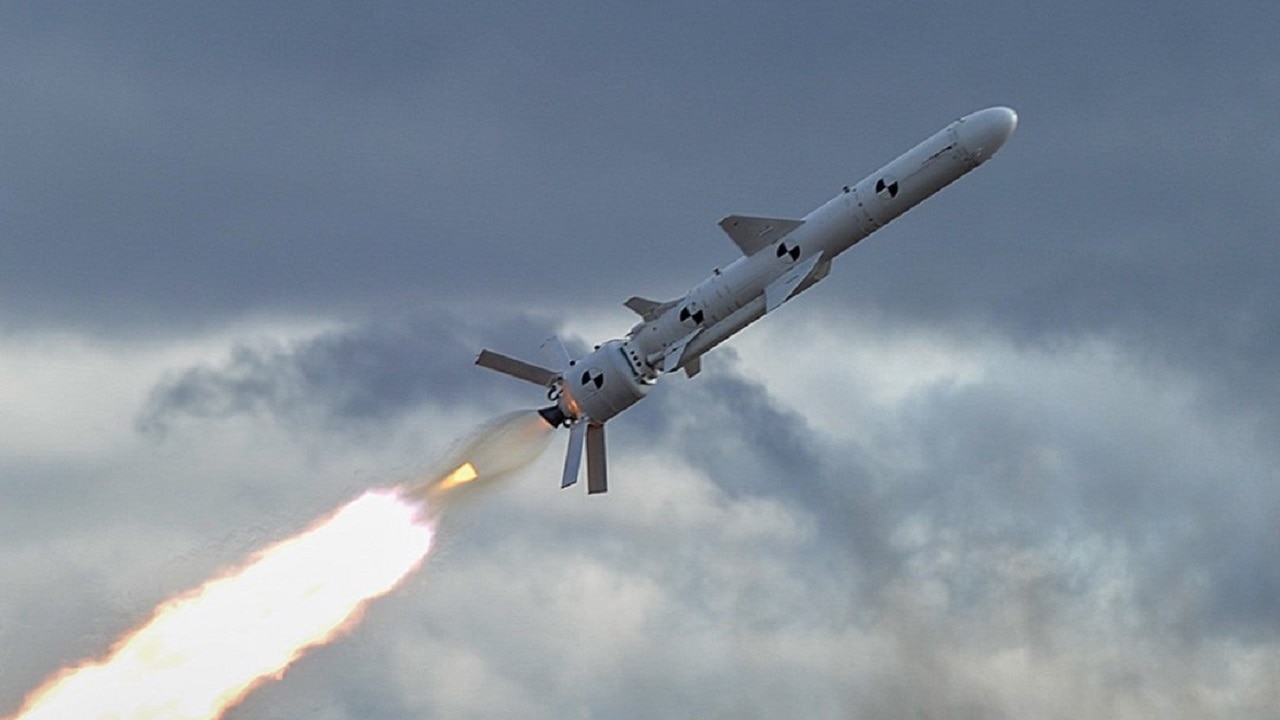Relearning how to fight during a war is a bit like rebuilding a plane mid-flight. Nevertheless, this three-part series has attempted to distill some lessons from the conduct of the Russia-Ukraine War to this point. In this third part, we will discuss the war at sea. (Note: Please See Part I and Part II)
Ukraine War: Sea denial technologies may be outpacing sea control
The Russian Black Sea Fleet began the war with an overwhelming advantage, mostly because Ukraine’s navy nearly ceased to exist in the 2014 war.
In the opening stages of this year’s invasion, Russian warships operated off the Ukrainian coast, locking down Ukrainian forces in anticipation of an amphibious assault against Odesa and other points west. They famously seized Snake Island, taking a commanding position over Ukrainian (and NATO) riverine traffic.
Over time, however, Ukraine has built up a credible sea denial system. Their defenses are founded on anti-ship missiles of domestic and foreign make; unmanned aerial vehicles; unmanned surface vessels; and careful exploitation of satellite and aerial intelligence. These defenses have made it impossible for Russia to operate surface vessels decisively, and they have threatened the security of Russian port facilities.
Surface ships are vulnerable, but they still matter
Perhaps the most enduring moment of the Russia-Ukraine War so far was the sinking of RFS Moskva, the flagship of Russia’s Black Sea Fleet. While the cruiser had only a limited impact on the war, the sinking proved that the Black Sea was not safe for Russian surface vessels. However, because Ukraine has no surface fleet of note, and because Russia still has air and sub-surface advantages, it is not clear how Ukraine can exploit this contingency. What we have seen is that the ability of the Russian fleet to operate surface vessels near Ukraine was a huge military advantage.
Russia was unable to hold Snake Island because its surface warships can no longer operate safely in the western Black Sea. The grain deal brokered by Turkey also arguably owes its success to this reality. A surface warship has many options when encountering a civilian vessel, from warning to boarding to attacking. Submarines and aircraft have altogether fewer. Russia almost certainly does not want the heat associated with using missiles and torpedoes to destroy civilian ships carrying grain.
Control of the maritime domain matters
It seems surprising that a war between two countries sharing a border of nearly 1,500 miles would turn on control of the sea, but here we are. Throughout the war, Russia has leveraged its maritime advantage to tie down Ukrainian forces and inflict damage on the Ukrainian economy. In the first months of the war, Russian warships strangled Ukrainian trade, struck Ukrainian targets with long-range precision munitions, and threatened to turn Ukraine’s right wing with an amphibious assault against Odesa.
While none of these operations have yet proven decisive, they have sucked up Ukrainian resources and attention. Navies, in short, have the tools to make important contributions.
Unmanned vehicles have their day in Ukraine
This may be the first war to feature extensive operational use of unmanned surface vessels. Ukraine appears to have conducted several attacks against Russian naval vessels in harbor facilities. Although the degree of damage inflicted remains uncertain, the threat of attack will change Russian basing policy. Other naval powers are surely watching and taking notes.
We have yet to see credible reports that either side has used unmanned undersea vehicles.
Still, there’s every reason to believe that navies will learn to surmount the difficulties of operating such craft. As with the ground and air domains, there is no question that unmanned vehicles will become part of war at sea.
A War like no other
Naval wars are rare, meaning immense analysis is devoted to very few datapoints. The 2022 Black Sea War likely won’t yield as many or as useful lessons as the 1982 Falklands War, but it will offer clues about how technologically advanced combatants fight today at sea.
We have already learned about how shore-based defenses, advanced surveillance technology, and unmanned vehicles can combine to contest sea control in free-fire environments.
Over the next few years we are likely to learn quite a lot about the difficulties of reconstituting naval forces after significant losses. This war will shape the maritime futures of Russia and Ukraine, and it will influence naval design decisions around the world.
Dr. Robert Farley has taught security and diplomacy courses at the Patterson School since 2005. He received his BS from the University of Oregon in 1997, and his Ph. D. from the University of Washington in 2004. Dr. Farley is the author of Grounded: The Case for Abolishing the United States Air Force (University Press of Kentucky, 2014), the Battleship Book (Wildside, 2016), and Patents for Power: Intellectual Property Law and the Diffusion of Military Technology (University of Chicago, 2020). He has contributed extensively to a number of journals and magazines, including the National Interest, the Diplomat: APAC, World Politics Review, and the American Prospect. Dr. Farley is also a founder and senior editor of Lawyers, Guns and Money.

